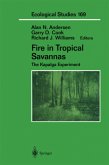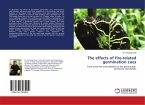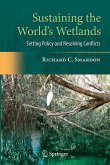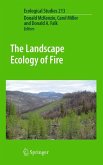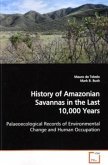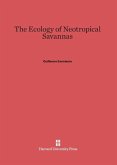Revision with unchanged content. Savannas cover around twenty percent of the world s land surface. With their vast extent, these areas - such as the famous Serengeti - not only provide an important environment for many plant and animal species, including human populations, but also display a wealth of natural beauty. Fire plays a key role in shaping these ecosystems. This is because the recurrent burning during the dry season not only destroys life, but also and importantly, enables new life to begin in a complex interplay. The increased frequency of fires resulting from global warming - either caused naturally or by human agency - is likely to affect this 'game of life' in a homogenizing negative way by reducing bio diversity or available grazing for livestock. However, besides this temporal component, fire has also a structural and spatial component that may be used as an active management tool to foster the well-being of life. For example, among successful biodiversity managers are the Australian Aboriginals with their traditionally practiced patch-burning strategy. Prior to the restricting fire policy of the modern country, they created a spatial mosaic of burnt grass patches in different successional stages, thereby enabling a diversity of animal life. This book summarizes the knowledge on fire structures including the geo metry and the area or the patchiness of burning.


